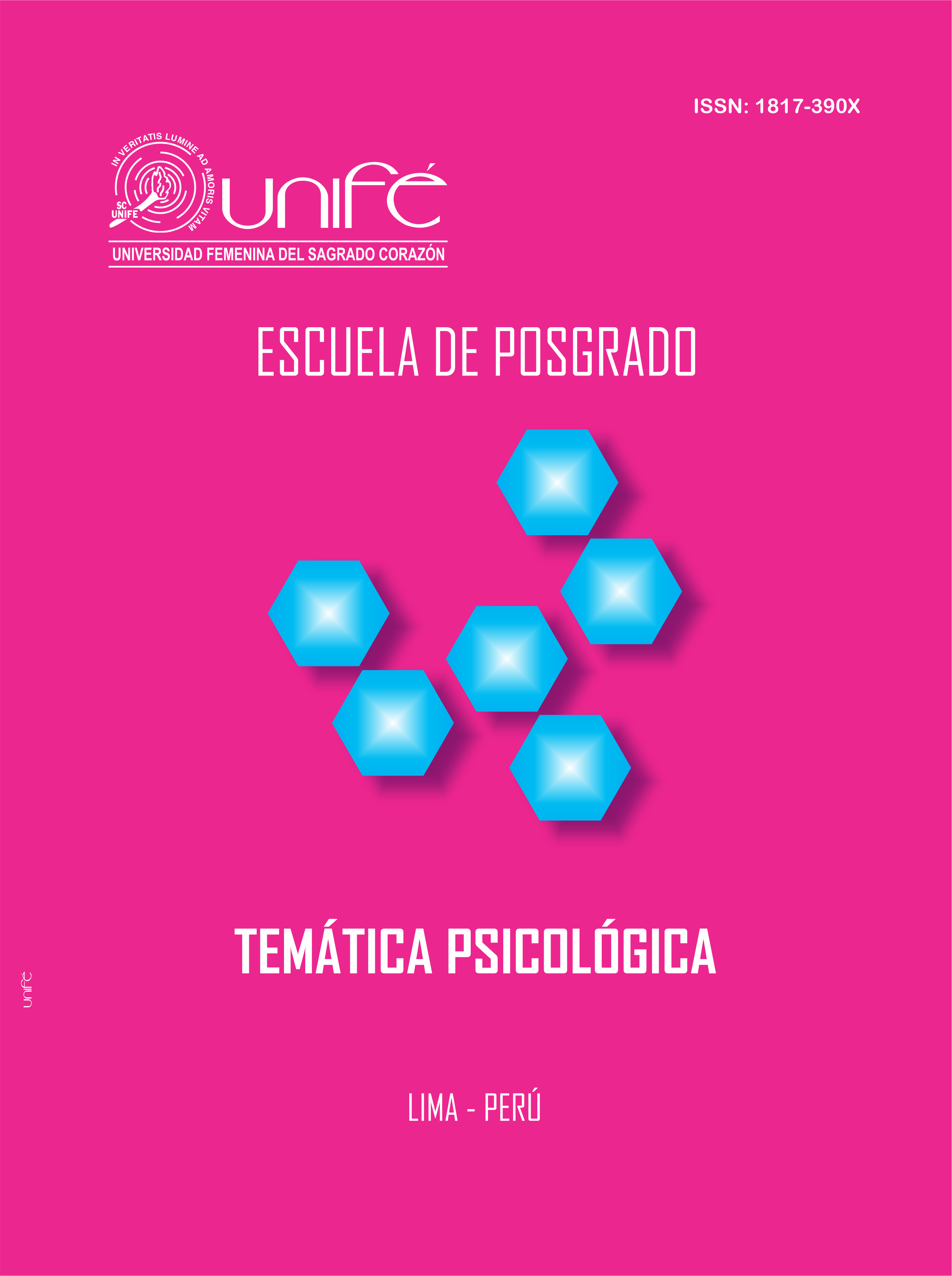Early intervention program in child attachment based on microanalysis of video feedback
DOI:
https://doi.org/10.33539/tematpsicol.2018.n14.1806Keywords:
Attachment, childhood, intervention, video-feedback, guided intervention, microanalysisAbstract
The present study aims to provide some scopes of the early intervention program in child attachment through the microanalysis of video feedback, starting with the definitions of attachment from Bowlby's theory, who defines attachment as the adult's ability to understand child’s needs. Mary Ainsworh, a disciple of Bowlby, classifies attachment in three types that later become four. Ainsworh is the creator of the attachment assessment called "strange situation." Based on this evaluation, early interventions have been raised, including video feedback or guided intervention, which consists of filming the interaction of the dyad, mother-child and then being analyzed by the therapist and parents. The objective of this therapeutic method is to achieve the cognitive awareness of the parents and reinforce the behavioral patterns in relation to the type of attachment they are generating in children.


